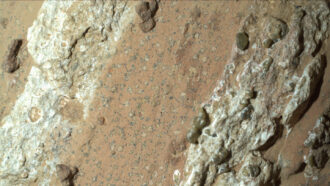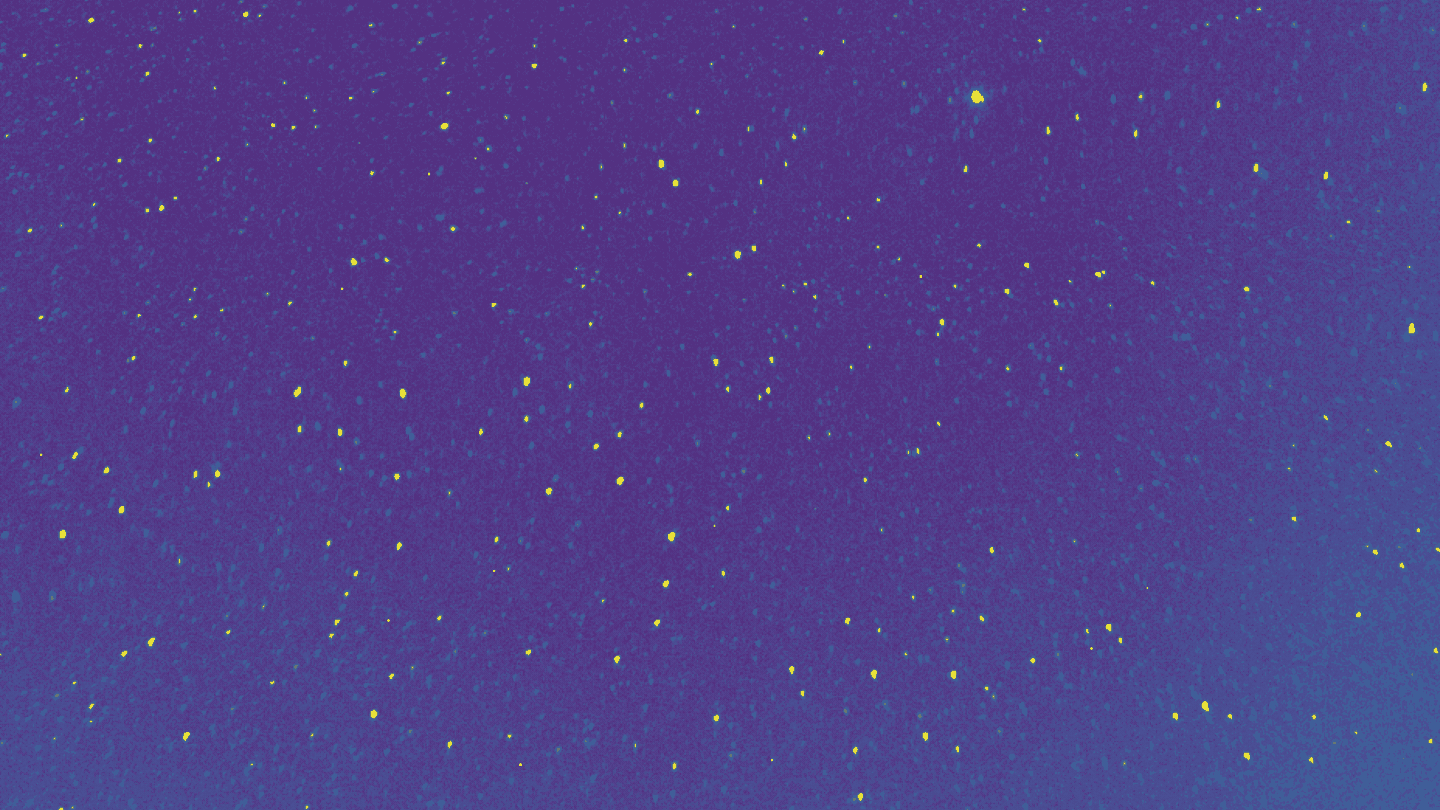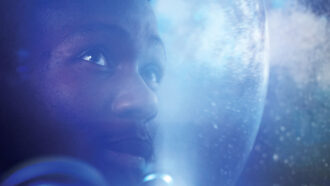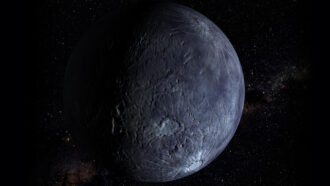
Lisa Grossman
Astronomy Writer, Science News
Lisa Grossman is the astronomy writer for Science News. Previously she was a news editor at New Scientist, where she ran the physical sciences section of the magazine for three years. Before that, she spent three years at New Scientist as a reporter, covering space, physics and astronomy. She has a degree in astronomy from Cornell University and a graduate certificate in science writing from the University of California, Santa Cruz. Lisa was a finalist for the AGU David Perlman Award for Excellence in Science Journalism, and received the Institute of Physics/Science and Technology Facilities Council physics writing award and the AAS Solar Physics Division Popular Writing Award. She interned at Science News in 2009-2010.

All Stories by Lisa Grossman
-
 Planets
PlanetsPluto and its moon Charon may have paired up with a kiss
After about 30 hours of contact, Charon could have separated from Pluto and drifted into its current orbit.
-
 Planets
PlanetsA distant crumbling planet spills its guts
Based on the light being emitted by its shed minerals, astronomers can for the first time determine the internal composition of an exoplanet.
-
 Space
SpaceJane Rigby helped make the James Webb telescope a superstar
The senior project scientist for the JWST, Rigby believes being part of the LGBTQ+ community has made her a better astronomer.
-
 Space
SpaceThis zombie star’s spiky filaments are baffling astronomers
The star's odd tendrils were somehow formed by a supernova that skywatchers saw way back in 1181.
-
 Earth
EarthIt’s electric! Long-sought new field found in Earth’s atmosphere
This ambipolar electric field is weak. Yet it’s still strong enough to control the evolution of Earth’s upper atmosphere — and maybe life as we know it.
-
 Artificial Intelligence
Artificial IntelligenceTwo AI trailblazers win the 2024 Nobel Prize in physics
John Hopfield and Geoffrey Hinton used brain-like networks based on principles of physics to jump-start machine learning.
-
 Planets
Planets‘Percy,’ NASA’s rover, finds its first hint of ancient life on Mars
The robot examined a Mars rock containing organic compounds and “leopard spots.” On Earth, such spots usually come from microbial life.
-
 Space
SpaceHere’s why some shooting stars have long-lasting afterglows
Atmospheric chemistry is the most important factor in determining which meteors leave behind these persistent trails.
-
 Space
SpaceJames Webb telescope catches newborn stars sculpting spiral galaxies
Dark voids riddle the galaxies, revealing new details about how stars alter their environments.
-
 Space
SpaceThe next astronauts to walk the moon will be more diverse than the last
Space agencies are preparing to send the next generation of astronauts to the moon and beyond. Here’s how future crews will differ from the last.
-
 Planets
PlanetsSaturn’s moon Enceladus wears a thick blanket of snow
Pits on the frosty moon reveal the snow’s surprising depth, up to 700 meters (2,300 feet) in some places.
-
 Planets
PlanetsThe dwarf planet Quaoar hosts an impossible ring
Quaoar’s ring lies outside the Roche limit. That’s an imaginary line beyond which rings aren’t thought to be stable.